#Ashcan School
Photo


Edward Hopper
Soir bleu. 1914 (details)
#edward hopper#figurative art#neoclassicism#impressionism#social realism#ashcan school#modern art#american artist#art details#whitney museum of american art
4K notes
·
View notes
Text
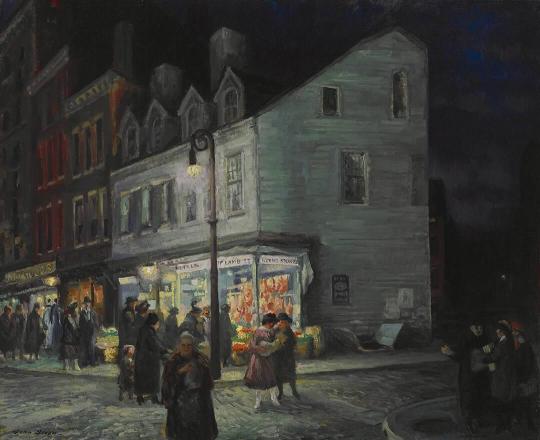
Bleecker Street, Saturday Night, John French Sloan, 1918
#art#art history#John Sloan#John French Sloan#genre painting#genre art#cityscape#street scene#night scene#Bleecker Street#New York City#Ashcan School#Realism#Realist art#American Realism#American art#20th century art#oil on canvas#Crystal Bridges Museum of American Art
154 notes
·
View notes
Photo
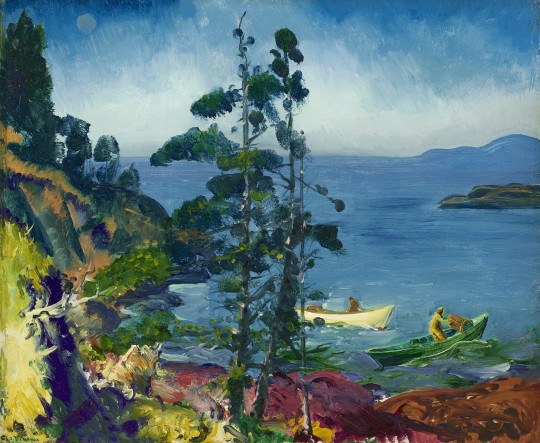
Evening Blue (Tending the Lobster Traps, Early Morning) - George Wesley Bellows
169 notes
·
View notes
Text

Picture Shop Window, 1907. John Sloan.
Oil on canvas.
88 notes
·
View notes
Text

John Howitt, orchestra with violinist, 1920s. Oil on canvas.
Photo: 1st Dibs
#vintage New York#1920s#John Howitt#Ashcan School#oil painting#orchestra#New York art#violinist#musicians
68 notes
·
View notes
Text
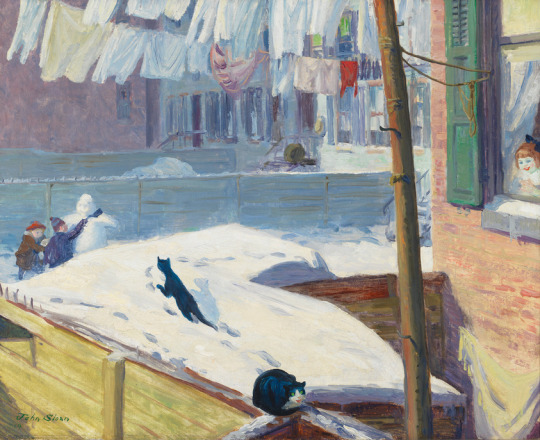
Backyards, Greenwich Village, John Sloan, 1914
Oil on canvas
26 x 31 15/16 in. (66 x 81.1 cm)
Whitney Museum of American Art, New York City, NY, USA
#art#painting#john sloan#20th century#ashcan school#snow#winter#1910s#oil#the whitney#american#new york#new york city#greenwich village
75 notes
·
View notes
Text
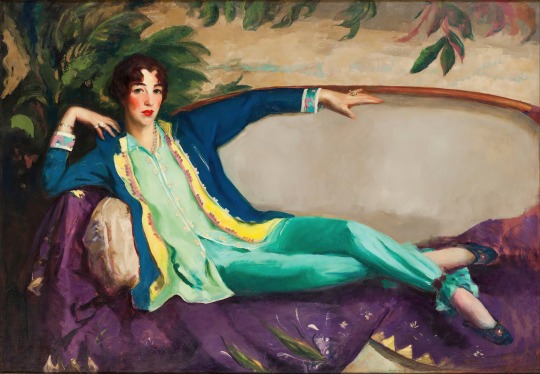
Gertrude Vanderbilt Whitney, 1916
Robert Henri
#Robert Henri#american art#art#painting#art history#fashion#portrait#1910s#early 20th century#Ashcan School#oil on canvas#black#fashion history#colors#drip too hard#that outfit though
205 notes
·
View notes
Photo

Robert Henri ( United States1865-1929 )
West Coast of Ireland 1913
259 notes
·
View notes
Text
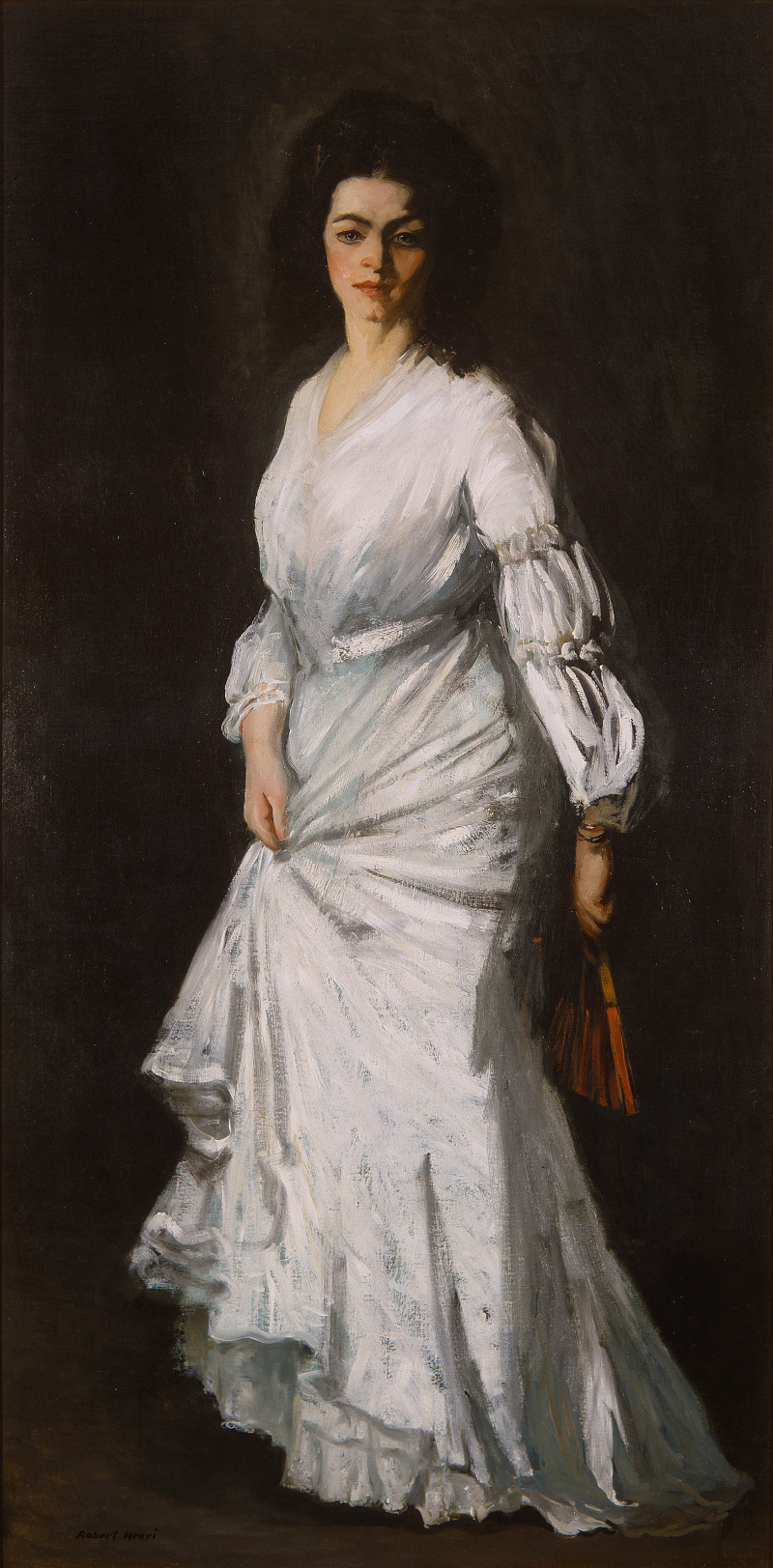
Robert Henri (American, 1865–1929) • Woman in White: Portrait of Eugenie Stein • 1904 • Hirshhorn Museum of American Art, Smithsonian, Washington D.C.
#art#painting#fine art#art history#robert henri#american artist#impressionism#american impressionism#ashcan school#art movements#portrait#female portrait#la robe blanche art blog#women in white#the white dress#art blogs on tumblr
37 notes
·
View notes
Text
The Ashcan School, also called the Ash Can School, was an artistic movement in the United States during the late 19th-early 20th century that produced works portraying scenes of daily life in New York, often in the city's poorer neighborhoods. The members were: Robert Henri (founder) William Glackens, John Sloan, George Luks, Everett Shinn, Arthur B. Davies, Maurice Prendergast, and Ernest Lawson. George Bellows was later associated with The Eight and a representation of his work will be included here.
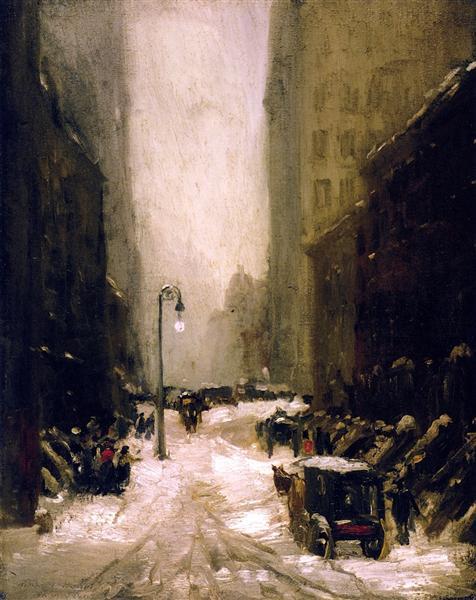
Robert Henri (1865-1909) Snow in New York • 1902 • National Gallery of Art, Washington D.C.

William Glackens (1870–1938) East River Park (New York City) • c. 1900-04 • Brooklyn Museum, New York
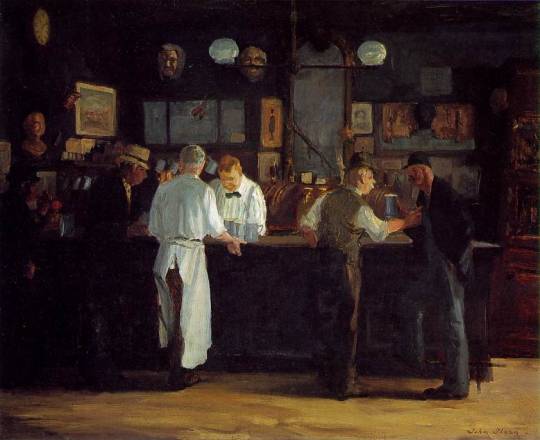
Joan French Sloan (1871-1951) • McSorley's Bar • 1912 • Detroit Institute of Arts - Detroit, Michigan, U.S.
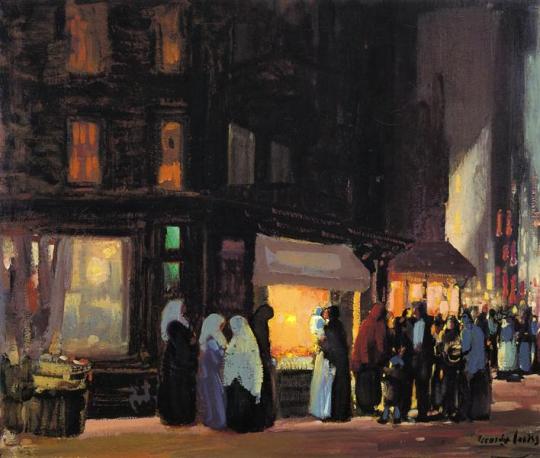
George Luks (1867-1933) • Bleeker and Carmine Street (Greenwich Village, NYC) • c. 1915

Everett Shinn (1876-1953) • Tightrope Walker • 1927 • Dayton Art Institute - Dayton, Ohio

Arthur B. Davies (1862-1928) • Every Saturday • 1895-96 • Brooklyn Museum, New York

Maurice Prendergast (1858–1924) • Central Park, New York • 1901 • pencil and watercolor • Whitney Museum of American Art, New York
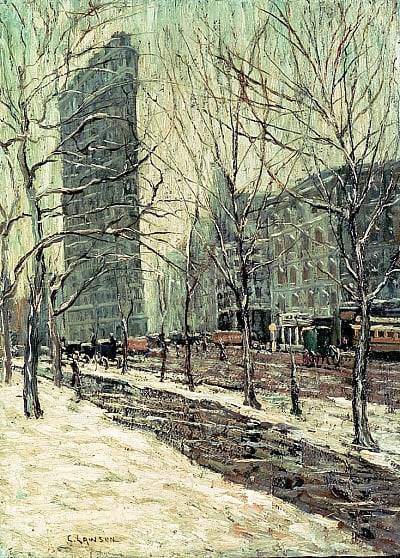
Ernest Lawson (1873-1939) • The Flatiron Building (New York City) • c. 1903-05 • Private collection

George Bellows (1882-1925) • Cleaning Fish • 1913 • The Nelson-Atkins Museum of Art - Kansas City, Missouri
#realism#american realism#new realism#art#painting#fine art#art history#the eight#ashcan school#modern art#american painter#american artist#american art#nyc#john sloan#william glackens#robert henri#george luks#early 20th century art#everett shinn#arthur b. davies#maurice prendergast#cityscape#ernest lawson#george bellows#impressionism#paintings of nyc
31 notes
·
View notes
Text

COMPARTMENT C, CAR 293 (1938) BY EDWARD HOPPER.
#woman#reading#edward hopper#1930s art#compartment c car 239#travel#travel art#1930s#woman wearing a hat#train travel#american artists#american artist#realism#modern art#printmaker#watercolorist#watercolourist#etching#impressionism#ashcan school
191 notes
·
View notes
Text
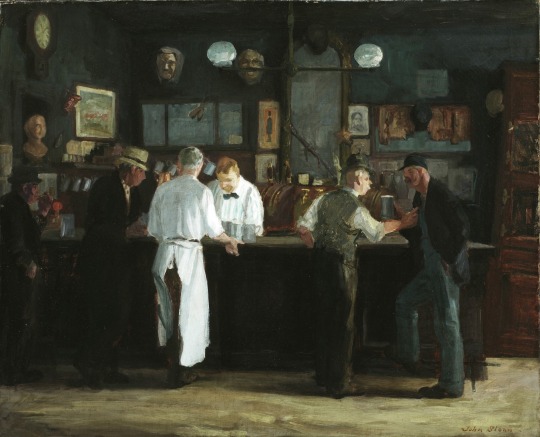
John Sloan
McSorley's Bar
1912
#john sloan#ashcan school#american artists#american painter#american painting#social realism#bar scene#art history#aesthetictumblr#tumblraesthetic#tumblrpic#tumblrpictures#american art#tumblr art#tumblrstyle#artists on tumblr#modern art#aesthetic#beauty aesthetic#beauty
21 notes
·
View notes
Text

Gwendolyn, John French Sloan, ca. 1918
#art#art history#John Sloan#John French Sloan#portrait#portrait painting#poc in art#Ashcan School#The Eight#Social Realism#American Realism#American art#20th century art#oil on canvas#Smithsonian American Art Museum
82 notes
·
View notes
Text


Picked up a nice etching by American, WPA artist Raphael Soyer (1933-1989) at a garage sale this morning.
Sorry for the poor photograph, it is under glass.
“Protected” was created in an edition of 250 in 1938.
It is in the collection of most major museums including the Smithsonian and the Metropolitan Museum of Art.
Once dubbed the “East Side Degas,” Russian-Jewish émigré and social-realist painter Raphael Soyer depicted ordinary men and women in contemporary settings. While studying at the Art Students League of New York under Guy Pène du Bois, he was influenced by the Ashcan School’s faithful representations of daily life in New York City’s poorer corners. Soyer rejected abstract art, stating, “I choose to be a realist and a humanist in art.” In sympathetic renderings of the unemployed during and after the great economic crash of 1929, many of Soyer’s paintings came to embody the Depression, as in the drawn, weary face and soft eyes that gaze out of Portrait of Walter Broe (1932). Soyer also painted women in large numbers and various forms throughout his career, including nudes, shop-girls, prostitutes, and pedestrians, displaying a love for and fascination with the manifold faces of humanity. WIKI
Moses and Raphael Soyer were identical twin brothers. Born in Russia, they immigrated with their family to America in 1913. They both studied art in New York, and went on to become successful figurative painters. During the 1930s, the brothers became involved with the Works Progress Administration and worked together on several large projects, including a mural for the Kingsessing Station Post Office in Philadelphia. Both Raphael and Moses were influenced by the Depression and painted many realistic scenes that expressed their concern for America’s poor and unemployed citizens. SMITHSONIAN
#wpa#social realism#depression era#american scene art#raphael soyer#new york city#ashcan school#printmaking#etching#regionalism
29 notes
·
View notes
Photo

The Red Mill, c. 1916. Ernest Lawson. Oil on Canvas.
#impressionism#ashcan#ashcan school#painting#ernest lawson#peinture#pittura#pintura#animals#town#mill#spring#art
101 notes
·
View notes
Text

Abram Tromka, Tenement Market Scene, 1930s. Gouache. You should really enlarge this (click/tap) to see it.
Photo: 1st Dibs
44 notes
·
View notes